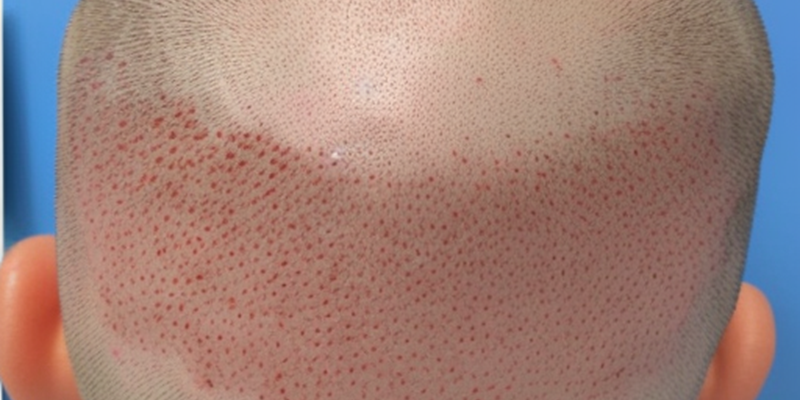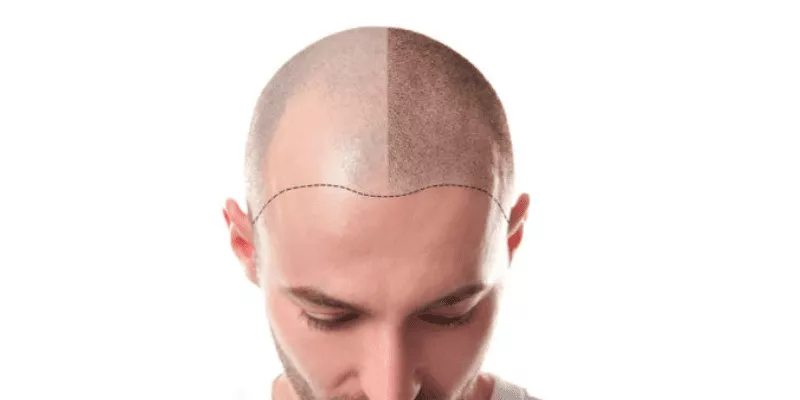After How Long From Finasteride Hair Transplant
Hair transplantation needs the right treatment to make sure that the transplanted hair grows as quickly as possible and to its full potential. After about a month, the capillaries under the skin open up and the hair follicles become more active, so it’s important to include after how long from Finasteride hair transplant vitamins and topical serums in your daily routine. This therapy should be done for about a year, because the main problem is that we think hair transplantation is the end when, in reality, it’s just the beginning. It is a process to get to the result. After some time has passed, it will be possible to see how well the person is doing and what effects the procedure had.
In hair transplantation, healthy hair follicles are taken from one part of the body and moved to another. If there are enough hair follicles in the donor area, the patient will be checked out and the treatment will begin. The process of hair transplantation can take anywhere from five to six hours on average. Even though hair transplants don’t require a lot of care, there are still important steps that need to be taken. After a hair transplant, what needs to be done depends on the method used and what the doctor suggests. When a large number of your hair’s roots are transplanted using the FUE method. During and after the surgery, there is no pain or discomfort. There is no tension or numbness in the area where the hair was transplanted, and there are no sutures or cuts.
After How Long From Finasteride Hair Transplant You Should Take?
Even if the skin bulges after how long from Finasteride hair transplant, it’s not a big deal. There is no dressing to be put on after the surgery. The hair transplant patient should wait three days before washing their hair after the procedure. At the transplant clinic is where the first washing should be done. The doctor might tell you how often you should wash your hair and how to take care of it. For the next ten days, you should wash your hair every day and then massage the area. The crust will be there for the first ten days, but it will go away if you wash your hair every day. Over time, the transplanted hair will fall out, but this is nothing to worry about.
After two months, hair starts to grow, and after six months, the result is what was wanted. The full effects of the hair transplantation are seen a year after the procedure is done. But the hair that was transplanted doesn’t fall out again during this time. Three days after a hair transplant, you shouldn’t do heavy work or get too excited or stressed out. Spray, gel, or paint should not be used for at least 15 days after a hair transplant. During the first week, you are also not supposed to smoke or drink alcohol. But if it’s necessary, the doctor might give you lotions and creams.
The care methods for the FUE method and the fut technique, which is another method, are the same. However, the planting operations for the fut technique involve cuts or sutures. Wear a hat over your head when you’re out and about to hide the picture.
Hair Transplant Aftercare
People can meet their needs thanks to the good results of studies on hair that have been going on for many years. Like transplanting hair in a short amount of time. At the end of this process, which should be done in order from the first exam to the care phase after hair transplantation, you will have a full head of hair. Your hard work will pay off when you look like you have natural hair. With these procedures, which are done by doctors who are experts in their field and have the best training in their field, you can get rid of your hair problems as soon as possible and without worry.
Even though hair transplantation may seem like a simple procedure, it is important to take care of your hair after a transplant. It is one of the most important things you can do to look more natural. In addition to the things your doctor has told you to watch out for, there are other things you need to pay attention to every day. You can make your hair grow faster and help the healing process along. Because you need to use a lot of vitamins.
Can You Use Shampoo After Hair Transplant?
After hair transplantation, you must use the pH5.5 shampoo and panthenol foam that your doctor has given you. With this shampoo set, you can get rid of the crusting that can happen after hair transplantation. In addition to these products, you can improve the health and shine of your hair by taking vitamin supplements like Biotin and propel. As a surgical procedure, hair transplantation can leave small sores on the skin. These sores may need bandages and topical medicines to help them heal. You can also help the therapy by using natural products instead of the shampoos we normally use. With hair care products on the market, it’s easier than ever to keep your new hair in place and strong for years to come. Don’t forget to use natural cosmetics after hair transplantation to get the look you want!
At the place where the hair follicle was taken out, there is no bleeding and no need for stitches. Since the tips of the motors are so small. Above the neck, hair follicles that don’t fall out are located. With the help of a motor, the roots are taken out of the skin. To get the roots out of the nape of the neck, you need special forceps. There are two ways to separate roots taken from the neck or other parts of the body: single or double. In a single session, about 3000–4000 grafts or 6000 wires are taken out. This number shows that a small hair gap could be closed in one session. If more hair transplantation is needed, it can be done the next day.
What are Some Treatments for Hair Loss in Women?
Treatments for hair loss in women range from over-the-counter topical treatments to prescription medications. Some common treatments used to address hair loss include hormone replacement therapy, minoxidil, finasteride, corticosteroid injections, and low level laser light therapy. There are also non-medication treatments such as scalp massage, hair transplantation and laser therapy. In more severe cases of female pattern baldness, a hair transplant may be recommended. However, it is important to consult with a healthcare professional before deciding on a hair loss treatment for women, as there can be potential side effects associated with some of the more invasive therapies.

Furthermore, lifestyle and dietary changes may help promote healthy hair growth and reduce overall hair loss in women. This can include increasing one’s intake of nutrient-rich foods like fruits and vegetables or limiting processed foods that may be high in unhealthy trans fats. Additionally, minimizing stress levels and smoking can also be beneficial for hair health since it has been linked to increased rates of shedding or thinning. Ultimately, finding the right treatment will depend on the individual’s specific condition and preferences. With the right treatment plan and commitment, there is hope for restoring your hair growth and improving your overall appearance.





